Health and Wellness Trends
The Ready to Eat Meals Market is increasingly influenced by the growing health and wellness trends among consumers. There is a notable shift towards meals that are not only convenient but also nutritious. Recent surveys indicate that around 70% of consumers are actively seeking healthier meal options, which has prompted manufacturers to reformulate their products. This includes the incorporation of organic ingredients, reduced sodium levels, and the elimination of artificial preservatives. The market is responding to this demand by offering a variety of health-focused ready-to-eat meals, which are designed to meet the nutritional needs of health-conscious consumers. This trend is likely to continue shaping the industry as awareness of health issues rises.
Convenience and Time-Saving
The Ready to Eat Meals Market is experiencing a surge in demand due to the increasing need for convenience and time-saving solutions among consumers. Busy lifestyles, characterized by long working hours and multiple commitments, have led individuals to seek quick meal options that do not compromise on quality. According to recent data, approximately 60% of consumers express a preference for ready-to-eat meals over traditional cooking methods. This trend is particularly pronounced among urban dwellers and working professionals, who prioritize efficiency in meal preparation. As a result, manufacturers are innovating to provide a diverse range of ready-to-eat options that cater to various dietary preferences, thereby enhancing their appeal in the market.
Diverse Culinary Preferences
The Ready to Eat Meals Market is witnessing a diversification of culinary preferences, driven by globalization and cultural exchange. Consumers are increasingly exposed to international cuisines, leading to a demand for ready-to-eat meals that reflect diverse flavors and ingredients. Data suggests that the market for ethnic and specialty ready-to-eat meals has grown by approximately 25% in recent years. This trend is particularly evident among younger consumers, who are more adventurous in their food choices. Manufacturers are responding by expanding their product lines to include a variety of international dishes, thereby catering to the evolving tastes of consumers. This diversification not only enhances consumer choice but also stimulates competition within the industry.
E-commerce and Online Retail Growth
The Ready to Eat Meals Market is experiencing a significant transformation due to the growth of e-commerce and online retail platforms. With the increasing penetration of the internet and mobile devices, consumers are increasingly turning to online shopping for their meal solutions. Recent statistics reveal that online sales of ready-to-eat meals have surged by over 30% in the past year. This shift is particularly appealing to younger demographics, who prefer the convenience of ordering meals online. As a result, traditional retailers are adapting their strategies to include online offerings, while new players are entering the market with innovative delivery models. This trend is expected to continue reshaping the industry landscape, providing consumers with greater access to a variety of ready-to-eat meal options.
Technological Advancements in Food Production
The Ready to Eat Meals Market is benefiting from technological advancements in food production and preservation. Innovations such as vacuum sealing, freeze-drying, and smart packaging are enhancing the quality and shelf life of ready-to-eat meals. These technologies allow manufacturers to maintain the freshness and nutritional value of their products while extending their market reach. Recent reports indicate that the adoption of advanced food processing technologies has led to a 15% increase in the shelf life of ready-to-eat meals. As consumers become more aware of food safety and quality, these technological improvements are likely to play a crucial role in shaping purchasing decisions within the industry.
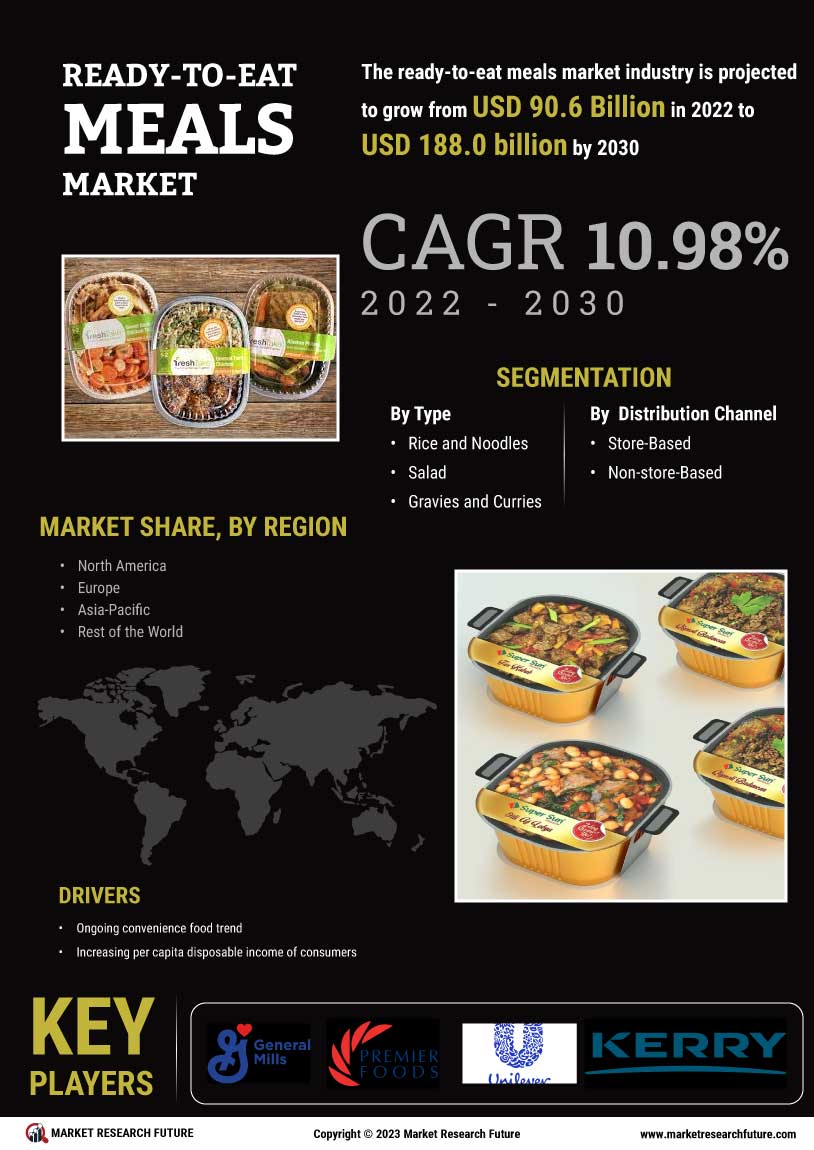

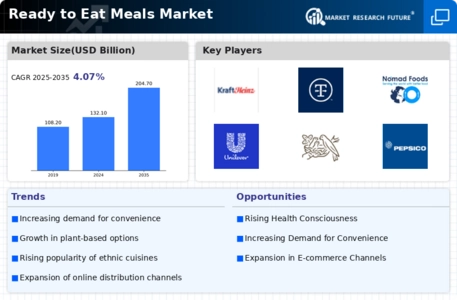
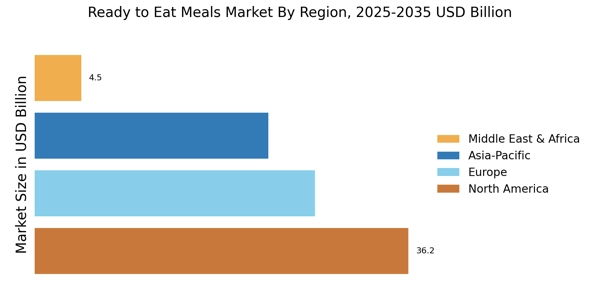



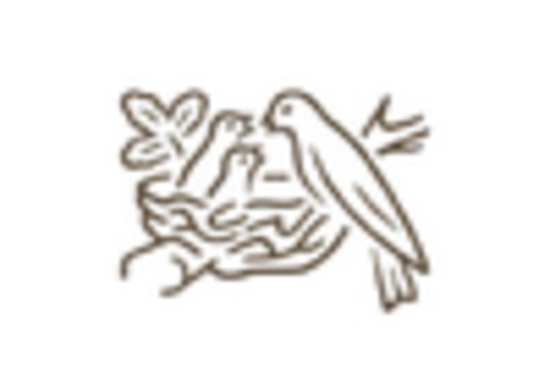
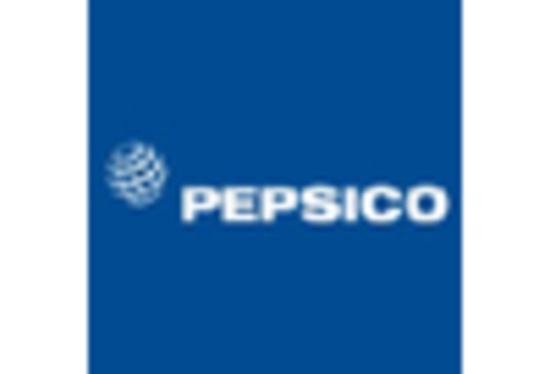









Leave a Comment